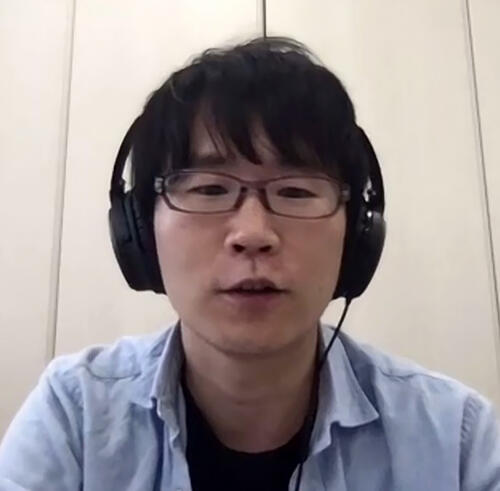Until now, apoptosis, necrosis, and autophagy have been the three established forms of cell death. However, a finding by RIKEN has uncovered a fourth modality termed "erebosis".
The finding was made by a joint research group led by Sa Kan Yoo at the RIKEN Center for Biosystems Dynamics Research, International Program Associate Hanna Ciesielski (currently a doctoral student at Kobe University Graduate School of Medicine), Research Fellow Hiroshi Nishida (currently a research fellow at Harvard University), and Professor Mikio Furuse of the National Institute for Physiological Sciences. The group discovered that the new mechanism is a molecular mechanism to metabolize intestinal cells. Yoo said, "Our finding overturns the established theory that apoptosis is used to maintain intestinal homeostasis. It also led to finding this new cell death modality, which we named erebosis. Since the molecular mechanism has not been clarified, we hope to work on elucidating this in the future." The findings were published in PLOS Biology.

Provided by the Science News
There is high turnover in tissues with high metabolisms, such as the skin and intestines, with aging cells constantly dying and being replaced by new cells. The prevailing theory has been that intestinal cell turnover involves apoptosis of aging or damaged cells. These dead cells are then shed on the luminal side of the intestine. Yoo felt it was strange that apoptosis occurred in intestinal cells despite it being difficult to detect in fruit fly intestinal cells. After investigating, he also found that when apoptosis was inhibited in Drosophila intestinal cells, it did not affect intestinal turnover.
Meanwhile, during other research that examined the expression of the Ance protein, he happened to discover that cells in the R4 region of the fruit fly gut express Ance. A detailed examination revealed that Ance-expressing cells, unlike other cells, are very flat in morphology and have very little cytoskeleton, with no nuclear membrane, mitochondria, endoplasmic reticulum, or Golgi body. When two fluorescent proteins were introduced and forced to be expressed in intestinal cells, he found the expressed fluorescent proteins were progressively lost in Ance-expressing cells.
Finally, he found that Ance-expressing cells were cells that were losing DNA and dying, but neither necrosis, apoptosis, nor autophagy markers could be detected, and suppression of their expression did not prevent cell death.
Yoo commented, "In Ance-expressing cells, the fluorescent proteins disappear sequentially and eventually turn completely dark, hence the name erebosis, from the ancient Greek word erebos (darkness)." Closer examination of the cells in which erebosis occurred revealed that intestinal stem cells were clustered around them. In other words, these were being replaced by intestinal cells divided from intestinal stem cells, establishing intestinal turnover.
These results overturn the established theory of intestinal homeostasis. Yoo said, "Apoptosis may create tiny holes in the tissue and induce inflammation. This is why apoptosis does not suit tissues such as those in the intestine, where there is constant turnover. Instead, erebosis may be at work." The discovery of erebosis as a cell death mechanism is also significant. Erebosis is a quieter modality than apoptosis and has the potential to update established frameworks and concepts of cell death, which are one of the fundamental mechanisms of multicellular organisms.
Yoo said, "We would like to find out if erebosis occurs in the human intestine. It's also possible that this is happening outside of the intestine, but since the intestine is the only one that can be seen using Ance, we want to search for other markers."
This article has been translated by JST with permission from The Science News Ltd.(https://sci-news.co.jp/). Unauthorized reproduction of the article and photographs is prohibited.




